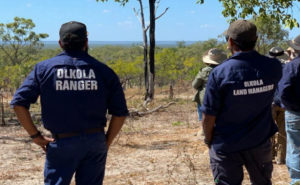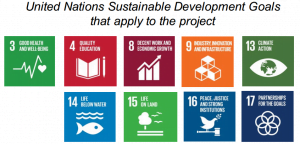Savanna Fire Management -ACCU
This project is located in the Cape York Peninsula North Queensland.
Olkola Ajinis a fully indigenous owned and operated site encompassing 896,822ha of traditional lands located in Cape York Peninsula.

Projects involve strategic burning in northern Australia’s early dry season (January to July) to decrease the size, intensity and frequency of late dry season
Project activities involve undertaking strategic burning every calendar year, carried out by practices such as igniting fires from aircraft, from vehicles or by walking across country with handheld drip torches
Early dry season fire management may be supported by late dry season fire management activities such as constructing fire breaks
Emissions reductions are calculated for each calendar year using the Savanna Burning Abatement Tool (SavBAT), and earn Australian Carbon Credits Units Projects
Land must be in the high or low rainfall zone in northern Australia and contain appropriate savanna vegetation types; areas that have gamba grass (a specified weed species) cannot be included
Legal right to run the project and claim ACCUs needs to be established and regulatory approvals and consent from everyone with an eligible interest in the project land must be obtained
New land management activities must be adopted (ACCUs) for reducing wildfire emissions and increasing the carbon stored in dead organic matter for a 25 or 100 year ‘permanence’ period through annual fire management –not applicable to savanna emissions reduction projects

The aim of the project has generated ~420,000 ACCUs (Australian Carbon Credit Units) to date, with more than1.25 m tonnes of CO2-e emissions over 25 years are
being avoided
Management actions involve strategic and planned ‘cool’ burning of savanna areas in the high rainfall zone early in the dry season reducing the risk of larger, hotter late dry season wildfires
The desire to commence SFM was driven by the Olkola Healthy Country Plan, a strategy that sets out land management objectives and how they wish to achieve their goals
Outstanding cultural and biodiversity co-benefits enabling self determination, protecting threatened species such as the totem species -Golden Shouldered Parrot, economic development, ecosystems stewardship, and infrastructure and assets protection


